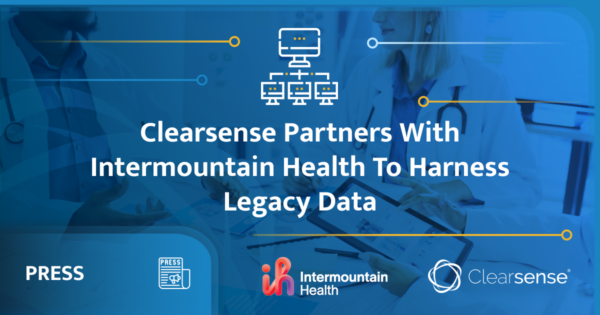
In the evolving landscape of healthcare, the lines between payors (insurance companies) and providers (healthcare organizations) are blurring as both entities recognize the value of collaboration. This emerging partnership, known as payviders, aims to improve patient care, reduce costs, and enhance outcomes. At the heart of this collaboration lies the transformative power of healthcare analytics. This blog explores how healthcare analytics can be beneficial for the success of payvider partnerships, enabling them to harness patient data, drive informed decision-making, optimize care delivery, and ultimately improve patient outcomes.

Integrated Data for Comprehensive Insights
The integration of data from both payors and providers enables a holistic view of patient health. Healthcare analytics facilitates the aggregation and analysis of vast amounts of data, including claims data, electronic health records (EHRs), and patient demographics. By leveraging these comprehensive insights, payviders can gain a deeper understanding of patients’ health statuses, identify high-risk populations, detect gaps in care, and implement targeted interventions. This collaborative approach ensures that healthcare decisions are based on a complete picture, resulting in more accurate diagnoses, appropriate treatment plans, and improved patient outcomes.
Recommended Content
Care Coordination and Continuity
Healthcare analytics plays a crucial role in supporting seamless care coordination and continuity across payvider partnerships. By sharing patient data, including medical histories, medication lists, and treatment plans, payors and providers can work collaboratively to avoid duplicative services, prevent medication errors, and streamline transitions of care. Analytics-driven care coordination systems can generate alerts and notifications to ensure timely interventions, reduce hospital readmissions, and improve overall patient satisfaction. These data-driven processes foster a patient-centric approach, where care is coordinated, efficient, and tailored to individual needs.
Value-Based Care and Performance Measurement
Payvider partnerships are increasingly embracing value-based care models, where reimbursement is tied to patient outcomes and cost-effective care. Healthcare analytics provides the necessary tools to measure performance, monitor quality metrics, and assess the effectiveness of care interventions. By leveraging real-time data analytics, payviders can identify variations in practice patterns, benchmark performance against industry standards, and implement evidence-based protocols. This data-driven approach not only improves the quality of care but also enhances cost-efficiency and promotes shared accountability between payors and providers.
Population Health Management
Healthcare analytics empowers payvider partnerships to proactively manage the health of populations. By analyzing large datasets, including demographic information, socio-economic factors, and clinical outcomes, payviders can identify high-risk populations, target preventive measures, and implement proactive care management strategies. Predictive analytics can help identify individuals at risk for chronic diseases or hospitalizations, allowing payviders to intervene early, personalize care plans, and reduce costly healthcare utilization. This population health approach not only improves patient outcomes but also generates cost savings for both payors and providers.











